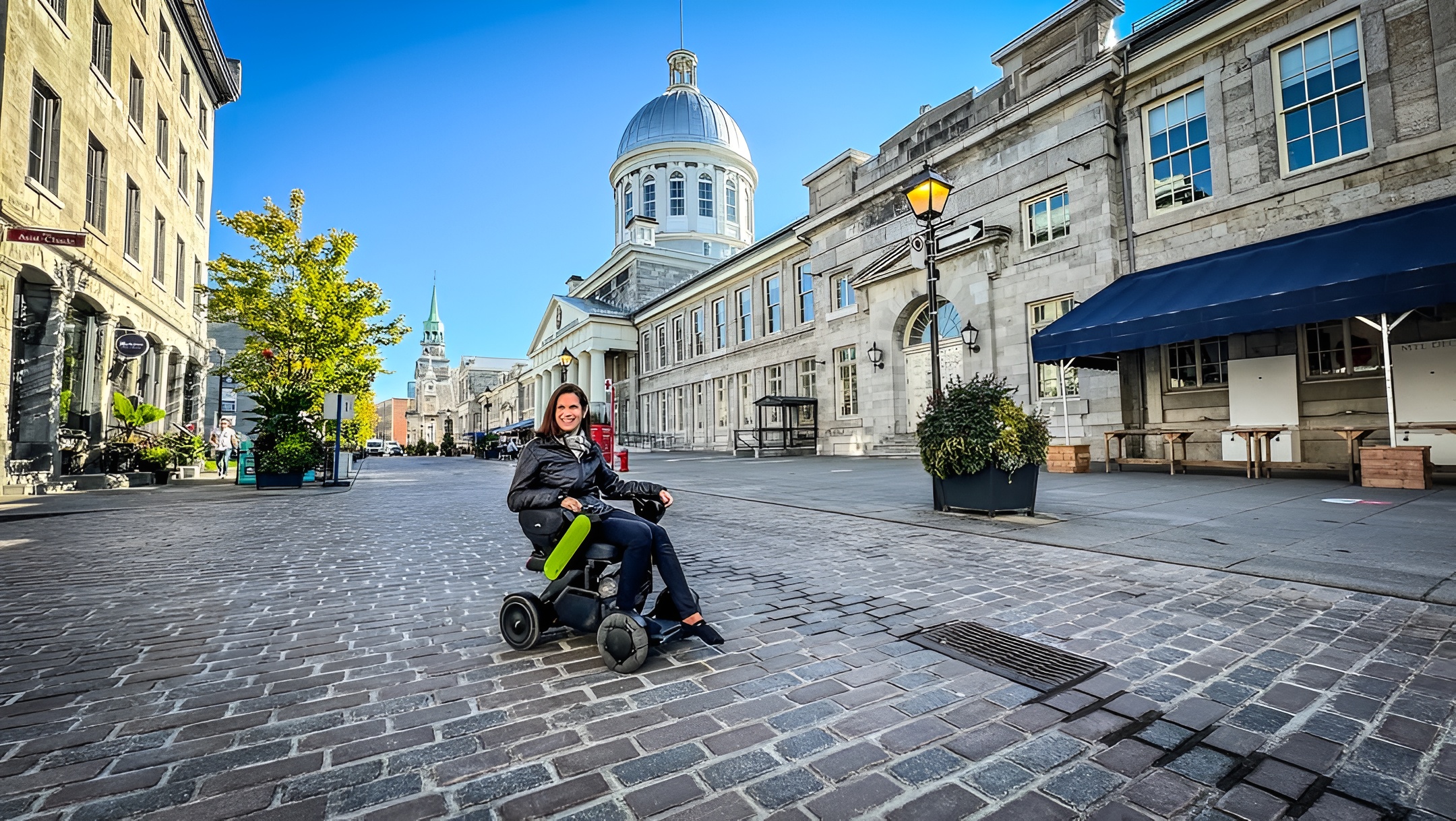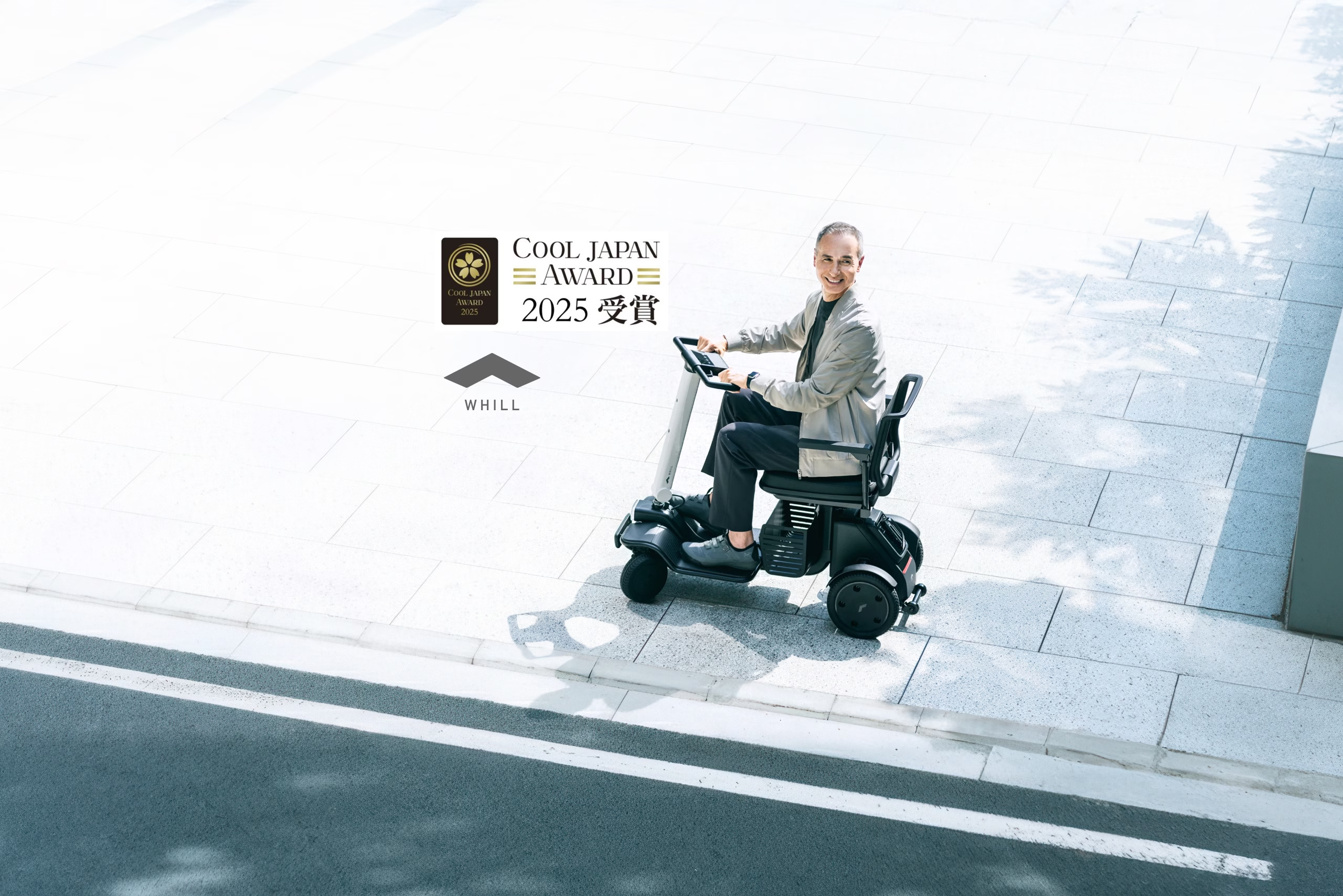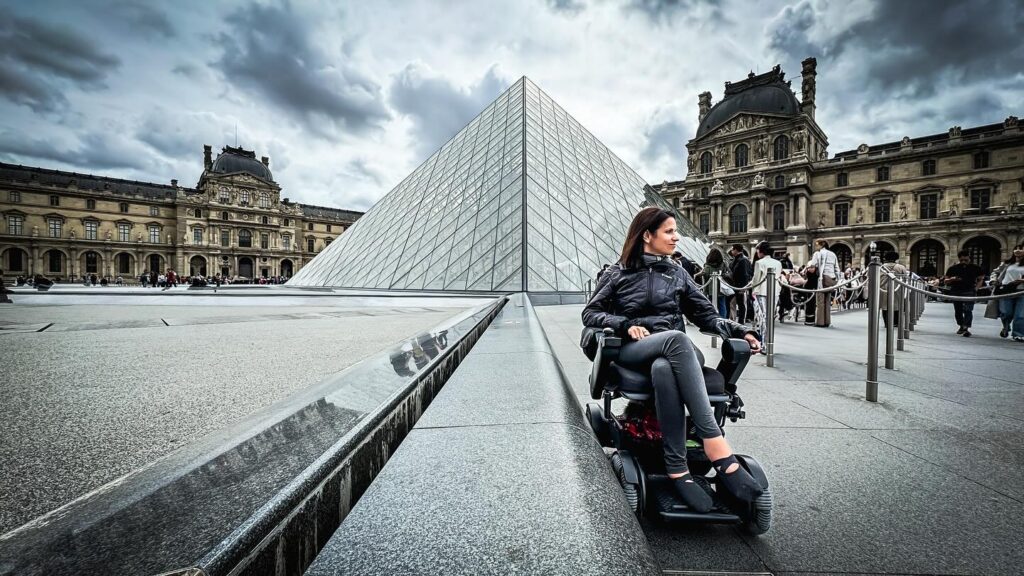
The last time I visited Paris was in 2000, and I was fully able-bodied at the time. I have so many wonderful memories of that trip, and I’ve been wanting to revisit Paris as a wheelchair user for so many years. After an unexpected postponement last year, I was finally able to make the trip happen in September 2025. However, because of challenges I had heard other wheelchair users experience, I was a little apprehensive about the visit in my power wheelchair. Fortunately, I was pleasantly surprised to discover how easy it was to get around the City of Lights!
There are plenty of other blog posts about things to do in wheelchair accessible Paris, so I won’t focus on that here. What I do want to offer are 13 pro travel tips on how to maximize your enjoyment of Paris as a wheelchair user that you may not find elsewhere. From transportation to visiting attractions to understanding the flow and energy of the city, I hope these help you navigate the beautiful chaos that is Paris in your wheelchair!
Don’t buy attraction tickets ahead of time.
I’m a planner, and I don’t like the thought of missing out on an attraction because I didn’t buy my tickets well before my visit. However, in Paris, like many other European cities, wheelchair users and often their caregivers get free or significantly reduced entry to most attractions. In many cases, you can just roll right up to the ticket window, get your free entry, then move straight to the front of the line for admission without having to wait. That being said, there are some attractions where you need to have an entry ticket with a specific time slot, like the Louvre. However, many times you can get free timed entry tickets through the website. Make sure you bring proof of your disability with you, especially if it’s invisible. This could be a letter from the Veterans Administration, your doctor, or another government health agency.
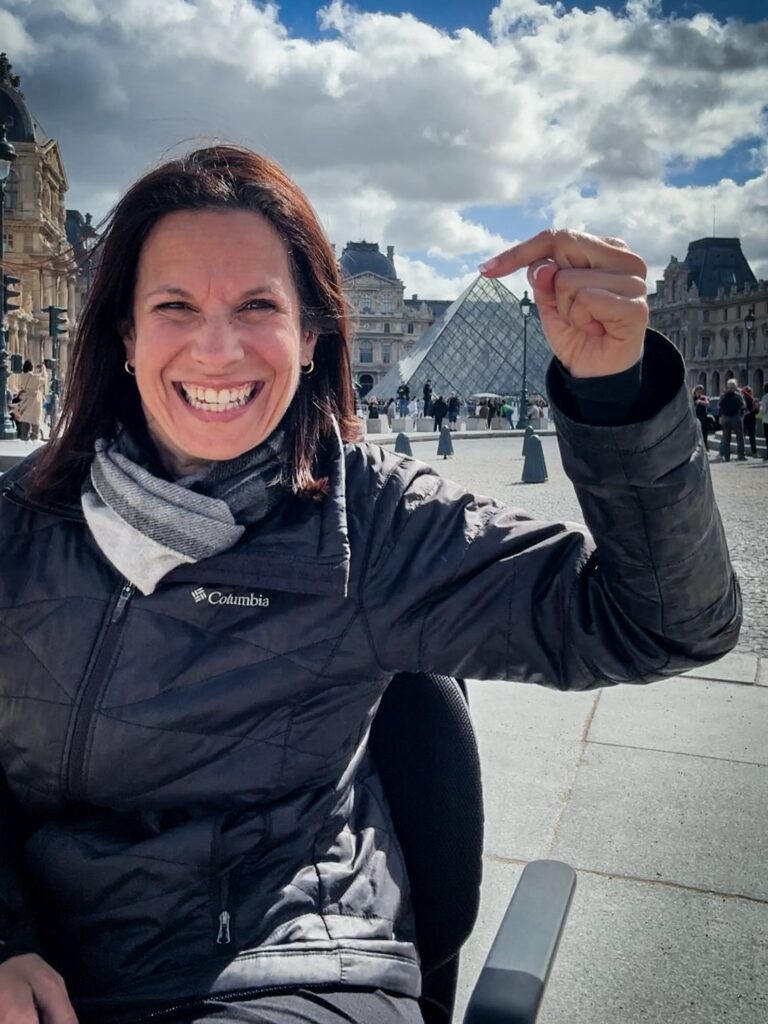
Explore Paris on wheels.
Roll around the city as much as you can; it’s much easier than you would think. This is the only way to really get a feel for Paris energy, the people, the culture and flavor. It’s also the only way to see the nooks and crannies, the hidden cafés and shops. You’ll hear the sounds and smell the smells, and there are a lot of them. You’ll also see that Parisians are very kind, and give a lot of deference to wheelchair users. Your primary tip is to stick to the main streets. Yes, they’re busier with tourists, but the sidewalks are wider and the curb cuts in better shape. Just remember that Paris is a big city; you may want to bring your charger and plug adapter with you just in case.
Use the bus to get around inexpensively.
By now you may have heard that the Paris metro system is largely unusable for wheelchair users. However, the bus system is accessible, clean, and easy to use. You can purchase tickets and passes on the RATP app. The buses also have dedicated spaces for wheelchairs. You can also use Google maps to determine which bus line you will need to get to different destinations. Make sure you use the RATP app to determine if there are any route diversions or stops not being served. This is pretty common due to construction or demonstrations.

Use G7 accessible taxis as a transportation option.
G7 has greatly expanded their fleet of accessible taxis in Paris, and it’s never been easier to book one. Just download the G7 app to book your ride. I highly recommend booking a G7 taxi with at least a few hours notice when possible, as booking one on demand can result in a longer wait time. I used G7 taxis at least a dozen times during my Paris stay, and they always showed up on time and locked down my chair efficiently. It also works like Uber where it charges your card on file, so you don’t have to worry about awkwardly paying for your taxi ride in the middle of traffic.
Taking the train in Paris is super easy for wheelchair users.
I took the Eurostar train to travel between London and Paris, the RER train to visit Disneyland, and the SNCF rail system to visit Luxembourg. For all of them, I was able to book a wheelchair space on the train and wheelchair assistance for boarding and exiting the train online through the appropriate website. Each system has a slightly different process for using that assistance, like when to show up at the station and where to go to get that assistance. Generally speaking, you need to book wheelchair assistance at least 24 hours before your train’s departure. Either way, it’s extremely easy to take the train into or out of Paris as a wheelchair user.

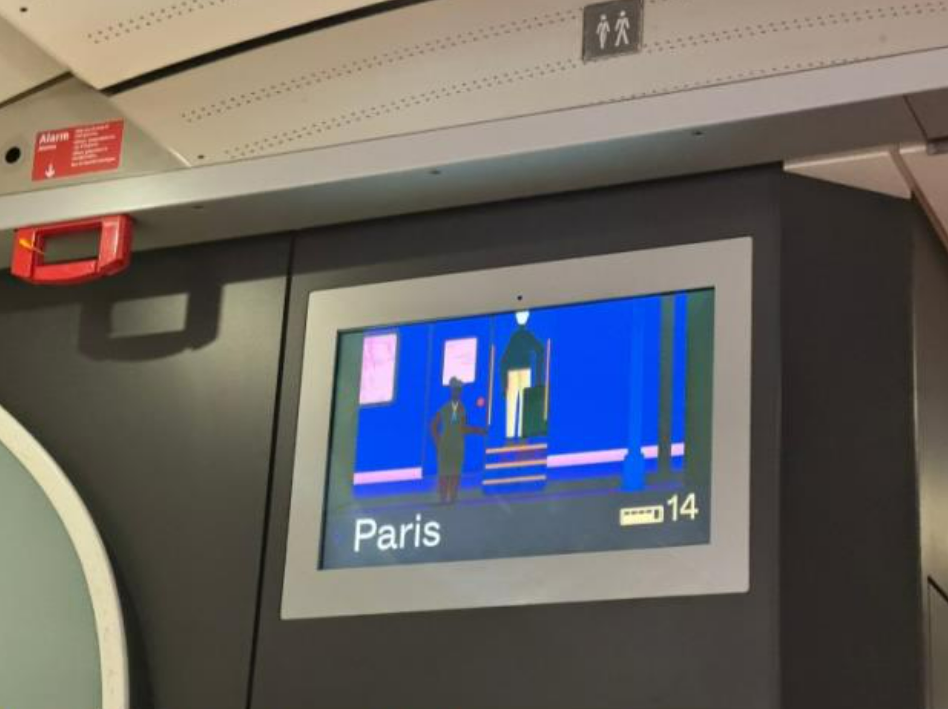
You do not have to wait in line anywhere.
Seriously, Paris treats wheelchair users like VIPs at all attractions. Whether you have a timed entry ticket or a regular ticket, just go to the front of the line, find an employee for that attraction, and they will immediately escort you into that attraction. And yes, that includes Disneyland Paris (with a priority access card). It also includes the Louvre, where wheelchair users get exclusive access to a completely empty space directly in front of the Mona Lisa.
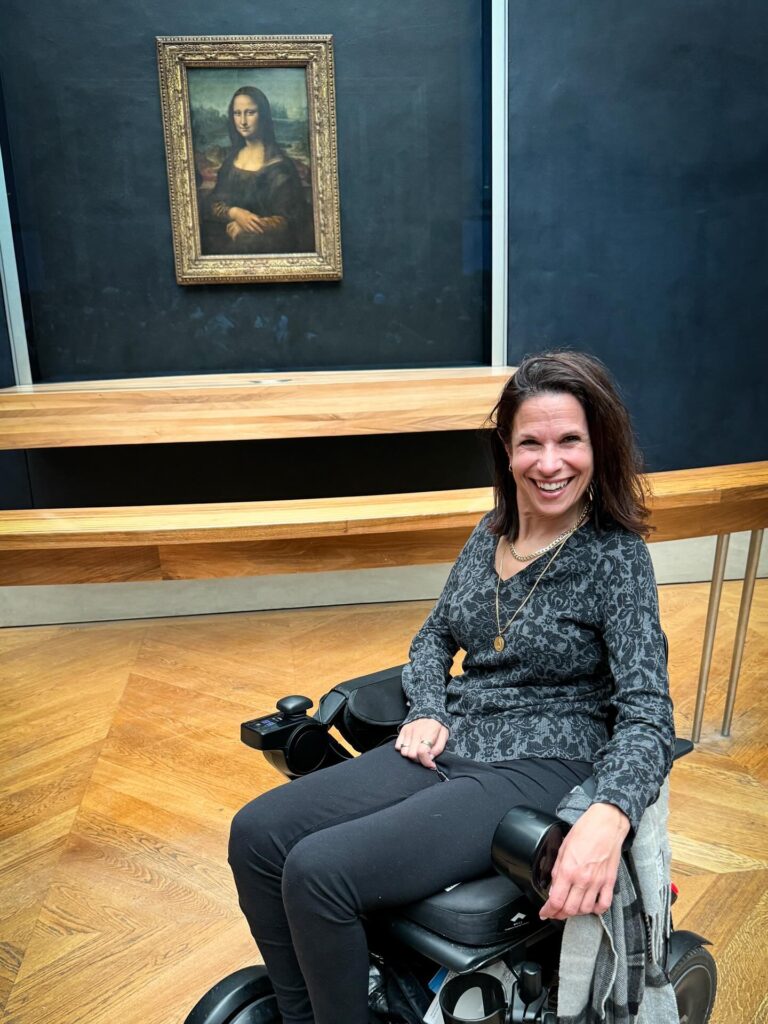
Maintain spatial awareness at all times when rolling through the city.
To say that Paris is complete chaos of cars and people is an understatement. There are people always walking everywhere in crowds, bicycles cutting through people and traffic, crossing the street against the light, and cars entangled in constant traffic. It’s very easy to get in the way of someone on a bike or a car running a light. This can especially be challenging for people with more severe disabilities who can’t turn their heads. Stick to crossing the street with the light, look in all directions at least twice before you cross any intersection or bike path, and watch the people around you to see what they’re doing.
Always keep an eye on your valuables.
Unfortunately, pickpocketing is very common in Paris. Wheelchair users often have backpacks or other accessories hanging on their chairs to hold their valuables, medicines, accessories, etc. Pickpockets don’t care what you have in bags hanging on your chairs, they just hope that there’s money in there. Whenever possible, don’t leave anything attached to or hanging on your chair that looks like it can be easily removed, or pickpocketed when in a crowd of people. Keep your valuables inside the innermost compartment with a zipper instead of an external pocket.
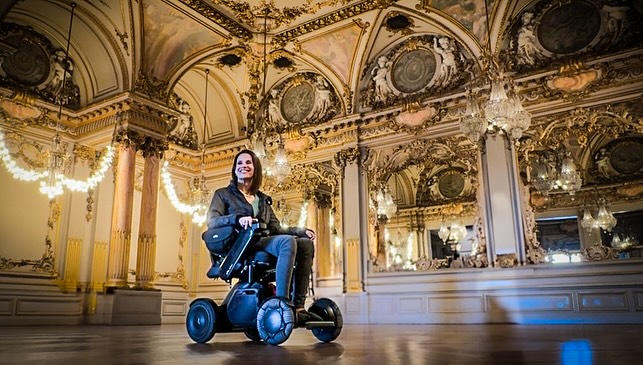
However long you think it’s going to take you to get somewhere, double it.
I can’t emphasize enough how important time management is in Paris. Traffic is terrible, and the sidewalks are often super crowded. If Google maps tells you that it will only take 30 minutes to get somewhere by either vehicle or rolling/walking, give yourself at least double that time to arrive. Even when you think it’s the off-season and the city isn’t as crowded as it might be during the summer, still give yourself a lot of leeway when it comes to moving between locations.
If you’re on a budget, stay outside of the city center.
Paris is a huge city, and it can be challenging to figure out where you want to stay to be close to certain attractions. Of course you want to keep safety in mind when it comes to a neighborhood, but if you’re looking to
save money, I highly recommend finding a location that’s close to a bus stop and/or train station. I wanted to be close to the Gare du Nord and Gare de l’Est (they’re right next to each other) so I wouldn’t have to stress about finding a taxi and being on time for train trips. I ended up paying a third of what I would’ve paid for a similar hotel close to the Louvre or the Eiffel Tower, and I was easily able to take the bus or an accessible taxi to reach the city center. On a nice day, it was also a pleasant and easy 30-minute roll in my chair.
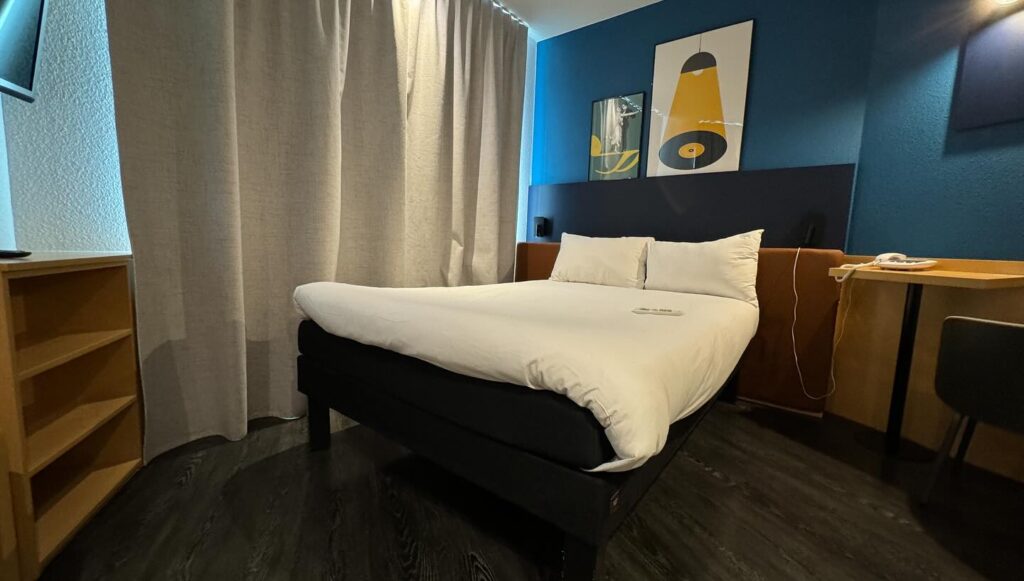
Please learn some basic French.
The French have a bad reputation when it comes to hospitality, especially toward Americans. However, you would be amazed at how friendly they are when you show even the slightest interest in learning their language and culture. No, you’re not going to understand much of what they say back to you, but at least make an effort to learn hello, please, and thank
you. Bonus points if you learn how to ask where accessible entrances and bathrooms are, and the words for basic directions like right and left. It’s also great to ask locals how to say certain words in French so you can learn.
Don’t be afraid to ask for help when you need it.
Again, the French reputation for poor hospitality is unwarranted in many cases. You will feel like a VIP as a wheelchair user in Paris, and the locals showed nothing but politeness and deference whenever I needed to get somewhere. They happily moved out of the way and always held doors open for me. If you need an obstacle removed or a door opened or having something shown to you in the shop, just ask.
Take your time experiencing Paris.
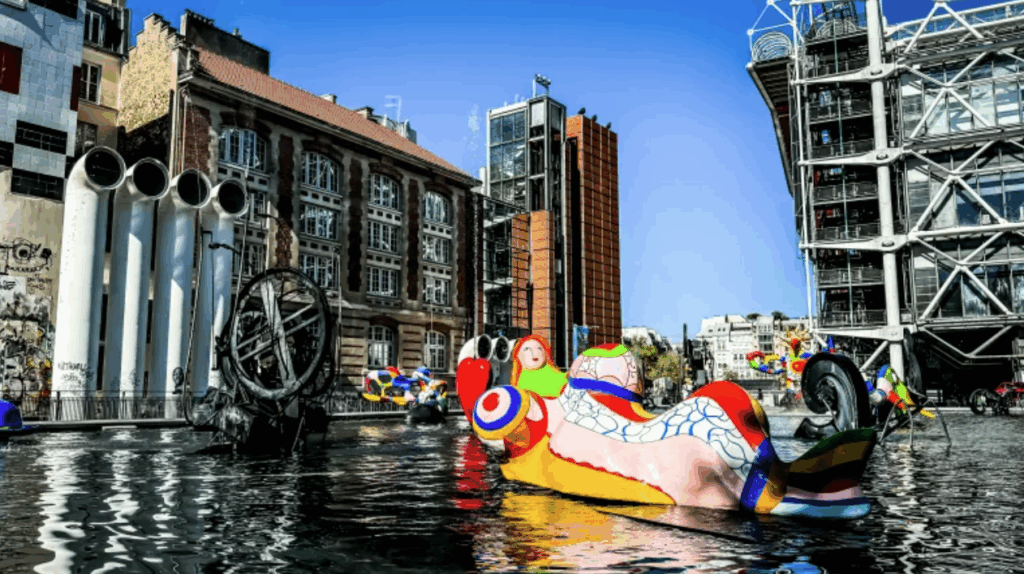

I know I mentioned earlier that you should allow double the time to get somewhere, but this is different. So many times when we travel, we try to squeeze in as many activities as possible into a short amount of time. Trust me, I get it. But Paris is a city to be savored. Find a café in a somewhat busy spot where you can sit for hours, sip on a coffee, enjoy some pastries, and just watch the world go by. People watching in Paris is a sport, and it’s truly one of the greatest joys in life.

